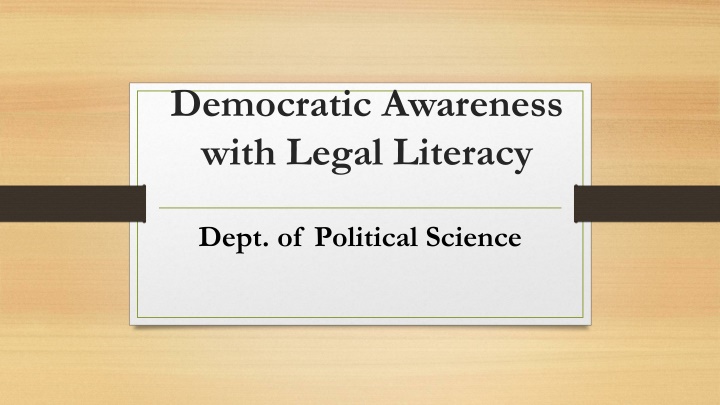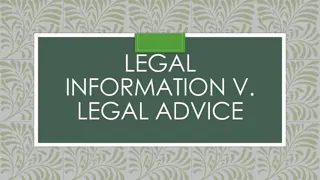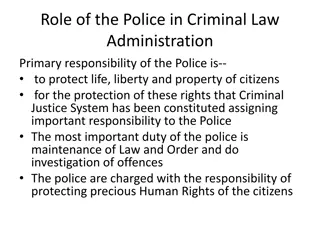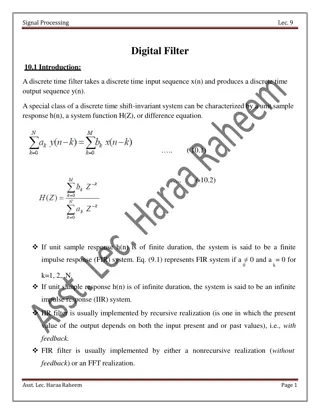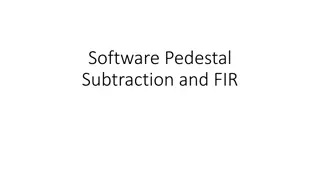FIR: First Information Report in Legal Literacy
An FIR is a crucial document in the legal system, essential for reporting cognizable offenses to the police. Learn about the rules for filing an FIR, its key components like victim details, offender description, and the importance of this document in maintaining law and order.
Download Presentation

Please find below an Image/Link to download the presentation.
The content on the website is provided AS IS for your information and personal use only. It may not be sold, licensed, or shared on other websites without obtaining consent from the author.If you encounter any issues during the download, it is possible that the publisher has removed the file from their server.
You are allowed to download the files provided on this website for personal or commercial use, subject to the condition that they are used lawfully. All files are the property of their respective owners.
The content on the website is provided AS IS for your information and personal use only. It may not be sold, licensed, or shared on other websites without obtaining consent from the author.
E N D
Presentation Transcript
Democratic Awareness with Legal Literacy Dept. of Political Science
FIR: First Information Report FIR stands for First Information Report. It is a written document prepared by Police when they receive an information about a cognizable offence. It is a complaint generally filed by the victim or someone else on his/her behalf. When the FIR is registered by the Police, a signed copy is also given to the victim or the same person who filed the FIR. Police cannot refuse to register a FIR as it is against the law.
Rules to file an FIR Anyone can file an FIR who knows about the commission of the cognizable offence. Police must write it down when the information about the commission of the cognizable offence is given orally. The victim or the person who is filing the complaint has right to demand that the information recorded by police be read to him/her. Once the information is recorded, it must be signed by the person giving the information. If the person cannot write, he or she can put the left thumb impression on the document.
The information in the FIR register is maintained at every police station. An FIR page contains the following information. FIR number Victim's name or the name of the person who reports the complaint Name and description of the offender (if known) Description of the offence Place and time of the offence Witnesses, if any.
